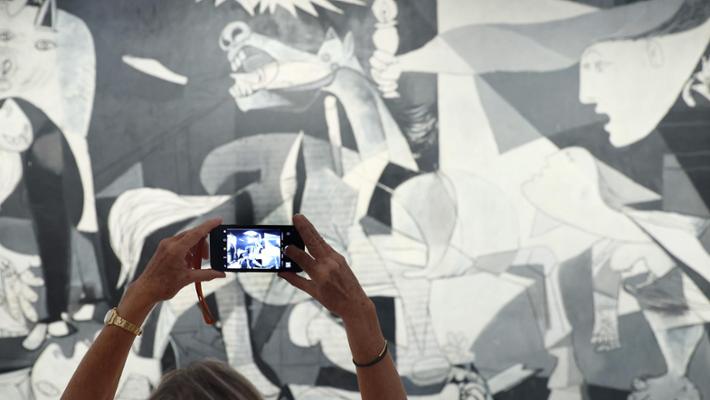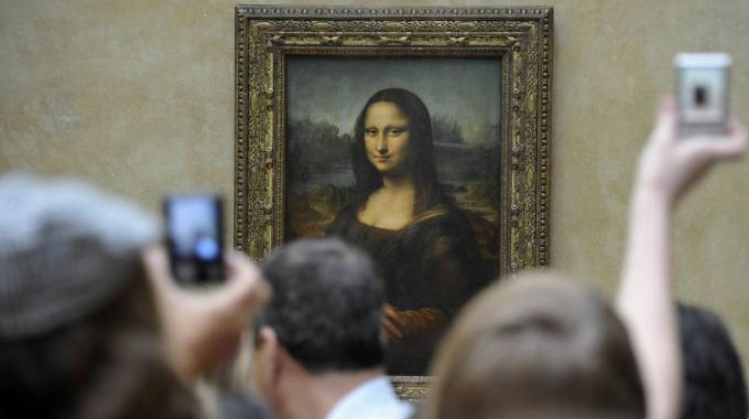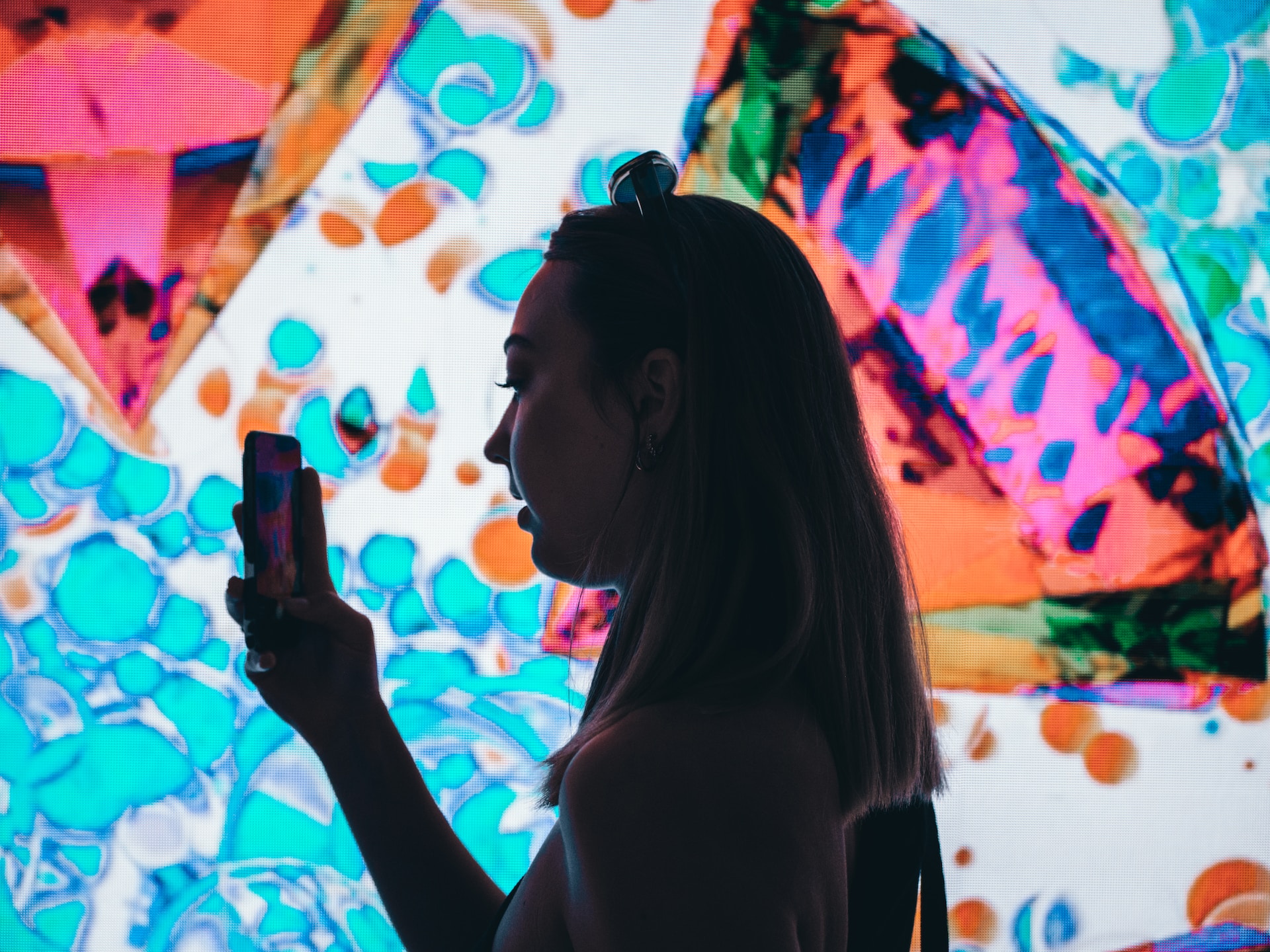
Do you remember when, still in the early years of the new millennium, it was not possible to photograph art in museums? It seems like centuries ago because in the meantime the world has changed so much and so fast that we now take it for granted that in front of a work of art it is possible to take a photo to capture the beauty and emotion it conveys.
Recently, the Museo Nacional Centro de Arte Reina Sofía in Madrid, better known as Reina Sofía, broke this rule, which many now consider a right, by preventing visitors from photographing its most important work.
Here’s why.
The Right to Photograph Art: The Case of Picasso’s Guernica at the Reina Sofía Museum

Pablo Picasso’s famous work Guernica depicts the tragic 1937 bombing of the Basque city of Guernica during the Spanish Civil War.
It is the most famous work in the Reina Sofia museum and probably the most moving of all Picasso’s artistic production.
The ban on photographing it was a move, as stated by a museum spokesperson, aimed at enriching the visual experience of the work, making it more accessible to the public, in line with what is already practised in other museum institutions.
This news triggered an interesting debate on the right to photograph art granted to visitors inside museums, a practice that has found both supporters and detractors over the years.
A CHANGE OF PERSPECTIVE
The decision of the Reina Sofía museum has rekindled reflections on the meaning of taking photos in museums, questioning the attitude of some institutions that persist in banning them, a position considered by some to be anachronistic.
In an era dominated by the spread of smartphones and social media, the ban on photographing art seems increasingly outdated. Indeed, if in the past it was feared that photographing works of art would discourage physical visits to museums, a fear that has proved unfounded with the passage of time, nowadays many museums, for example the Louvre in Paris, not only allow visitors to take photographs, but also invite them to share them on social media and even offer the possibility of taking virtual tours, without physically going to the museum and without this having led to a drop in real visits.
PHOTOGRAPHY AND COPYRIGHT: A MODERN DILEMMA
Despite increasing openness, the ban on photographing art persists in some private institutions, galleries or temporary exhibitions, often for copyright reasons.
The issue of online reproduction and resale of images is a real concern. However, if there are still some museums that have retained the ban on taking pictures, they have done so mainly for security reasons, as in the case of the Reina Sofía, which wishes to protect and enhance ‘Guernica’ from any damage caused by photographic flashes or unwanted physical contact and prevents too long a pause in front of the work, preventing the many visitors from admiring Picasso’s masterpiece in peace.
DIGITAL INTERACTION: A CONTEMPORARY EXPLORATION
Visitors’ behaviour towards photography also has deep socio-cultural implications. The act of taking photographs, especially in crowded places like the Louvre in front of Leonardo Da Vinci’s Mona Lisa, can sometimes seem to reduce the work of art to a mere object of ostentation on social media, according to some critics. This practice, they argue, can distract from the true meaning and emotion that art wants to convey, contributing to a kind of ‘symbolic death’ of museums.
On the other hand, the desire to capture art through a photograph does not necessarily conflict with deep contemplation of the work. In fact, studies have shown that the act of taking pictures can intensify our involvement, helping us to remember specific details of the work.
A representation that, according to art critic Tom Emery, transforms the work into something personal, offering a sense of belonging that goes beyond mere observation. Not to mention that many people cannot, for economic, political or physical reasons, travel to many museums in person, and the only way to admire some of the great masterpieces of art is to take advantage of the dissemination made possible by many users on social networks.
If you like to follow museums on social media, I suggest you take a look at the best art museums to follow on Instagram and select your favourite profiles.

Reflection on the museum concept is closely intertwined with the democratisation of access to art, an ideal that dates back to the French Revolution and found expression in the creation of the Louvre Museum.
The opportunity to photograph works of art is perhaps a modern extension of this democratic ideal, allowing each of us to personalise our museum experience and share it with the world.
In the great debate between preserving the sacredness of art and democratising it through photography, there emerges the essential need to find a balance that honours both the integrity of art and the human desire to share and celebrate beauty.

